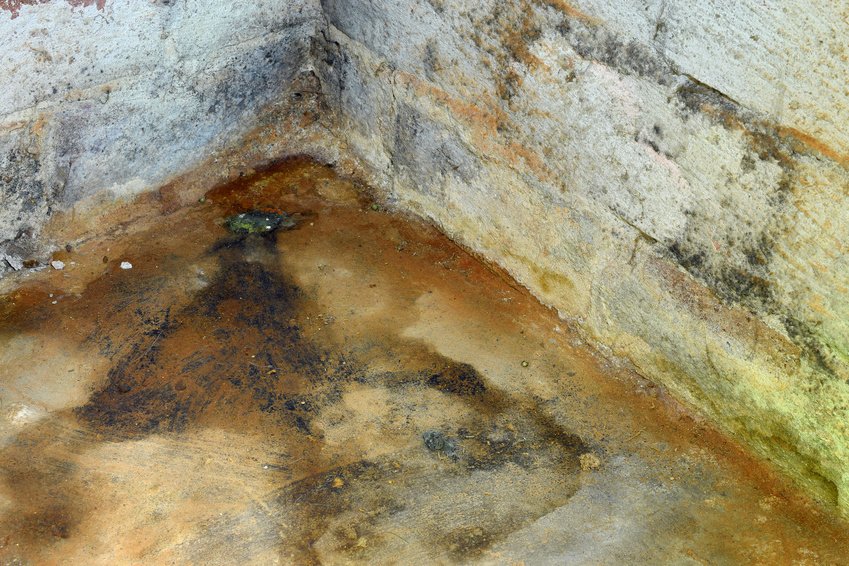In the last post, we discussed some of the most common mistakes homeowners tend to make when installing basement and crawl space insulation and waterproofing systems in their homes. However, it’s essential to have a full understanding of how to avoid these common mistakes, especially as a homeowner who may not have much prior experience taking on a challenging DIY job involving their home’s foundation. Here’s part two of our homeowner’s guide to avoiding common crawl space and basement waterproofing mistakes.
Believing In Any ‘Quick Fix’ or ‘Miracle Solution’
You may have seem those tacky infomercials advertising products that supposedly seal any crack or otherwise serve as an adhesive for a huge range of products and applications. Despite the creative and certainly persuasive marketing and visuals put into the infomercial, keep in mind that there’s no miracle solution when it comes to basement and crawl space insulation and waterproofing. The one and only way to keep water out is to invest in and properly install the entire system as well as properly maintain your home’s basement or crawl space. It’s unfortunately not quite as easy as dialing a 1-800 number, paying $20, and spraying something on the damaged areas. If it was, everybody would know about it!
Not Knowing How Landscaping Affects Water Flow
Finally, whether you’re still considering which type of basement or crawl space insulation method to choose, or you’ve already installed your system and are concerned about proper maintenance, taking a moment to evaluate your yard’s landscaping layout can help to keep your home’s foundation safe and moisture-free. Typically, plants should be placed a minimum of two feet from the foundation and low enough in the soil so as not to direct water toward the foundation. If you have concerns about the ways your home’s plants and landscaping may affect water damage potential, don’t hesitate to contact a basement or crawl space waterproofing professional.
Ultimately, there’s no avoiding the potential for basement and crawl space water damage. Wall-vented crawl spaces cannot maintain relative humidity below the 70% threshold; therefore, they routinely experience condensation and mold growth. Avoiding these mistakes is the best way to ensure a safe and protected foundation for your home. For more information about mold removal or basement and crawl space moisture removal, contact Dry-Tek Environmental.


